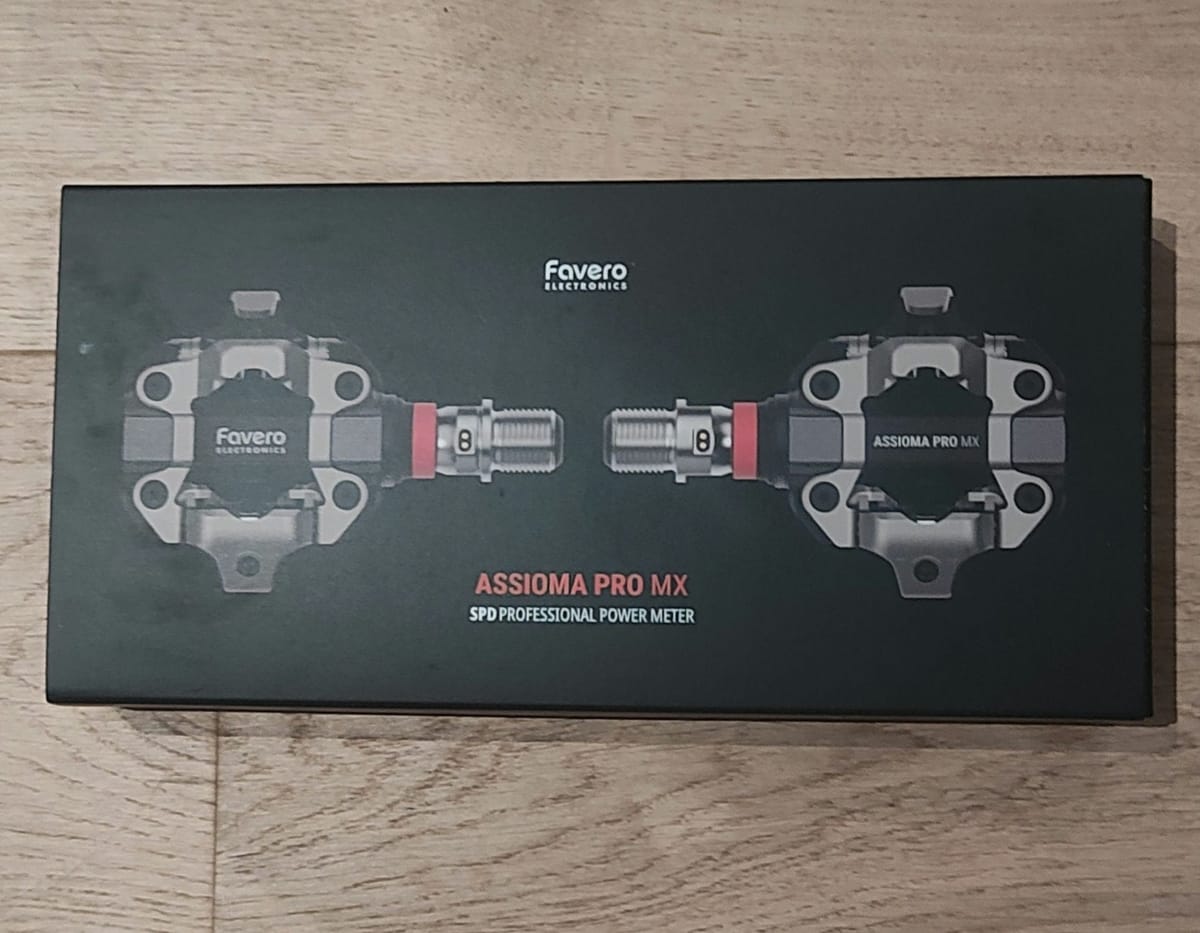My first experience with power meters: what 300W really feels like

After years of no really training, but just doing my rounds on the Utrechtse Heuvelrug MTB trails, things have changed, now that Jeroen and me are training for Cape Epic. In this structured approach, using JOIN, everything is about relative (power) output. I started by following my heart rate monitor, but soon found out that (logically) on short, intense efforts, this doesn't work, as your heart rate really lags behind.
Jeroen once mentioned that in MTB'ing the use of power meters is not so common, as the more ''up-and-down'' character of riding hilly terrain makes them less useful. However, during training in the Netherlands, using bicycle roads, you're essentially using your MTB as any other race bike, which of course changes everything.
I also have a bit of love for ''tech-gadgets'', so I took the plunge and got power meters. Pedal-based ones, from a brand I of course never heard of before, but it had very good reviews, so it was probably going to be fine. They're not cheap, but for me worth the try, as I love looking at numbers and was expecting cool outputs from these devices ;-).
The concept is pretty clever: strain gauges in the pedals measure the force you're applying and multiply it by cadence to calculate power output in real time. What used to require expensive lab equipment now fits in a device smaller than your phone.
Putting numbers to sensations
One thing I was really curious about was what different power outputs actually feel like. You hear cyclists throw around numbers like "200 watts" or "300 watts" (or way beyond that) but what does that mean in practice?
For example, 200 watts feels pretty comfortable for me; something I can maintain for a long time during Zone 2 rides. 250 watts starts to feel like pretty heavy work, but sustainable. 300 watts is where things get serious - definitely threshold territory where I know I can't hold it for a long time.
On the first day I had put them on, I was on another easy endurance ride. Out of curiosity I decided to do an all out sprint, just to see how much power I would be able to output, and how long I could sustain that effort.
Peak power was about 880 watts peak and 20 second average was around 780. After that, the ability the keep on going just diminishes so quickly, that was quite interesting to experience!
Training precision
Where for the power meters really help is during structured workouts, especially shorter intervals. As said, Heart rate might be pretty workable for longer efforts, but it lags behind your actual effort by 30-60 seconds. When you're doing 30-second sprints or 2-minute VO2 max intervals, heart rate is almost useless for pacing.
With power, you hit your target immediately. The prescribed expected output in watts shows up instantly on the display, no guessing whether you're working hard enough or too hard. It removes the ambiguity from training.
From the JOIN app I exported the trainings to my Garmin bicycle computer, but now based on power output, instead of heart rate. So an interval won't be described by the required heart rate range of say 111-128 bpm, but with 150w-175w. Much more precise, and therefore it feels ''better''
The data obsession trap
The biggest adjustment has been learning not to stare at the power display constantly. It's mesmerizing - watching those numbers bounce around every pedal stroke, seeing exactly how much power you're producing in real time.
But constantly looking at your display doesn't make sense, as you miss out on your actual ride. Therefore I've changed the display of the Garmin to only how the average for the interval (the ''target'' if you like) and the 20s average, instead of real-time. The goal is to use it as a tool, not become a slave to the numbers.
What I've read online what some other riders do is cover their displays during certain workouts, focusing on feel and only checking power afterward. I'll give that a try for sure, once I have a better feel for ''how much power is how much effort on my pedals''.
The reality check
Power meters don't lie, which can be motivating, but also humbling. When you think you're working harder than you actually are, the display tells you the truth. When you feel like you're not working hard enough, it might show you're actually hitting your targets perfectly.
They've already changed how I approach training rides, especially those with the shorter intervals, as I can target specific power outputs for specific durations. The Cyclinglab test gave me zones to work with, and now I can actually train within those zones precisely.
For Cape Epic preparation, this precision could be quite valuable. Knowing exactly what power outputs I can sustain for different durations should help with pacing strategy during long stages. Of course following the feel of the day and listening to your body remains as important, but from an output point of view, there's no more guessing whether going too hard or not hard enough.
And as a bonus, the gadget enthusiast in me loves having all this data to analyze after rides. I don't think doing all of that analysis will make me improve quicker, but as I love looking at numbers, for me personally it is a strong motivator. So indirectly, I am sure it will contribute to improving myself.
Keep Chasing!





